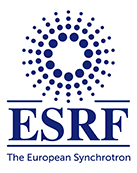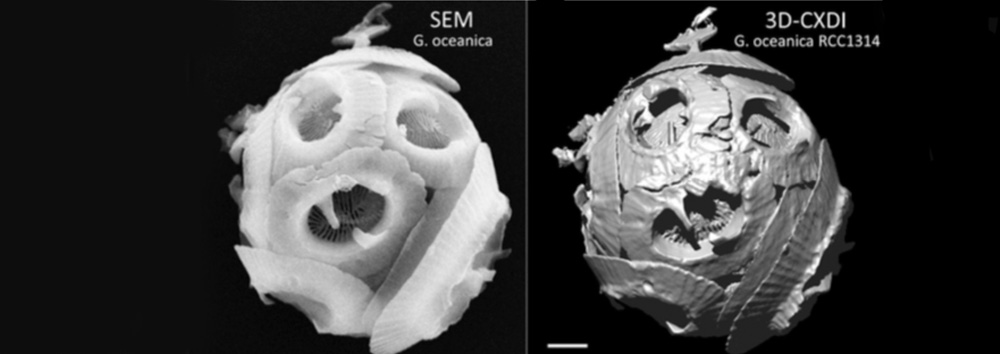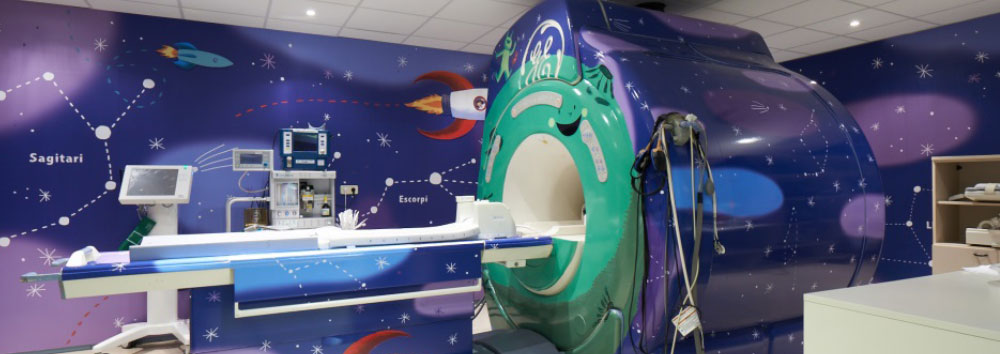Coccolithophores are microscopic marine algae that use carbon dioxide to grow and release carbon dioxide when they create their miniature calcite shells. These tiny but very abundant planktonic microorganisms could therefore be seriously impacted by current increasing carbon dioxide emissions. Scientists from the CNRS, Le Mans Université, Sorbonne Université, Aix-Marseille Université and the ESRF, the European Synchrotron, have revealed the nano-level 3D structure of their calcite shells, providing new perspectives for assessment of the role of these tiny microorganisms in the global carbon cycle. A study, published in Nature Communications, shows new correlations between their mass and the size of the organic template around which the calcite nucleation and growth take place.
You have probably never heard of them, but you may have inadvertently noticed coccolithophores in satellite images of the sea when a magnificent milky-turquoise coloured patch shows up in surface waters indicating that trillions of these single-celled calcified phytoplankton are present.

About ESRF
The ESRF is the world-leading source of synchrotron and a centre of excellence for fundamental and innovation-driven research for imaging and studying the structure of matter at the atomic and nanometric scale in all fields of research. Located in Grenoble, the ESRF owes its success to the international co-operation of 22 partner nations, of which 13 are Members and 9 are Scientific Associates. Following on from 20 years of success and scientific excellence, the ESRF launched the ESRF-EBS -Extremely Brilliant Source- project (150M€ over 2015-2022). Centred on rebuilding the ESRF storage ring, EBS will deliver unprecedented source brilliance and coherence (~100x), offering scientists with a powerful new instrument to look even deeper into the structure of materials and living matter. EBS also includes the construction of new state-of-the-art beamlines, a scientific instrumentation programme with ambitious detector projects and a data management and analysis strategy.
© ESRF Coccolithophores are microscopic marine algae that use carbon dioxide to grow and release carbon dioxide when they create their miniature calcite shells. These tiny but very abundant planktonic microorganisms could therefore be seriously impacted by current increasing carbon dioxide emissions. Scientists from the CNRS, Le Mans Université, Sorbonne Université, Aix-Marseille Université and the […]



